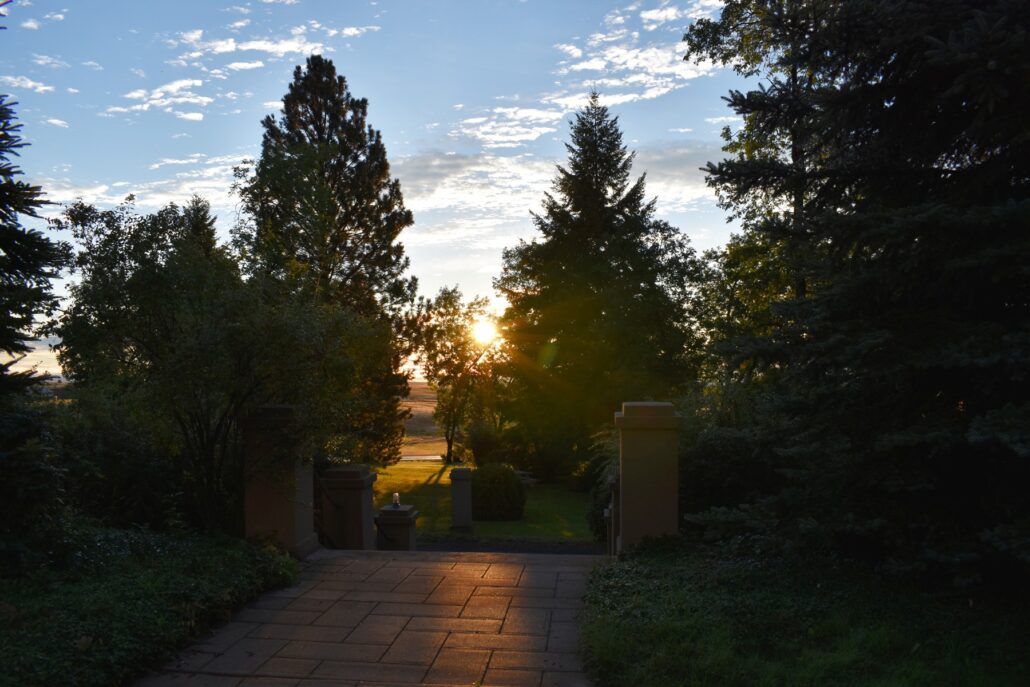Embrace Lent without the guilt: Read a book or share a smile
Commentary By Julie A. Ferraro | FāVS News
For baby boomers who grew up attending Catholic school — or weekly classes on Sundays — in the 1960s and 1970s, the season of Lent was presented by the teachers, whether lay or vowed religious, as six weeks of gloom. This time of preparation for the “Triduum” of Jesus’ suffering — Holy Thursday, Good Friday and Holy Saturday — seemed to be a forced method of purifying the soul of sin for young, impressionable minds.
If a student didn’t “give up something for Lent” — like candy or dessert — and didn’t donate every spare cent to the sanctioned charity, the guilt heaped upon these tender hearts was enormous. Teens, and adults, were almost harangued into giving up swearing, smoking or other “offensive” habits.
Fast forward a few decades, and the real point of Lent has emerged from those antiquated notions. Lent is a season of spiritual renewal, a chance to refresh the soul — like a spring cleaning after the long winter months. Students enrolled in Catholic schools these days are provided opportunities for extra prayer and attending special liturgical services during the 40 days prior to Easter, as well as being prompted to perform acts of kindness.

In St. Benedict’s Rule, written in the sixth century, a key recommendation for Lent is that all the monks and nuns read a book. In Chapter 48, the founder of the Benedictines wrote, “In Lent moreover let them each have a book from the library and read it straight through: and these books are to be given out at the beginning of Lent.”
Given that this statement was written in an era when illiteracy was prevalent, it is an amazing concept. The books themselves were neither pocket-sized nor paperback, but had been painstakingly copied by the Benedictine monks and nuns in the monastery scriptorium — by hand — often with detailed illustrations and incredible, artistic flourishes in the margins, and hard-bound with tooled leather or gold-threaded cloth.
The text itself would have most likely have been written in Latin, too.
Over the 1,500 years since St. Benedict wrote his Rule, acquiring and reading books has become a simpler process, fortunately. The variety of subject matter available has increased dramatically, so finding a suitably interesting book to read during Lent is left open to personal taste and interests.
At the Center for Benedictine Life at the Monastery of St. Gertrude, in Cottonwood, Idaho, the Sisters still make reading a book during Lent an annual practice, along with dedicating more time to prayer and good works.
Among those good works, hospitality is always a high priority, with Spirit Center, the retreat ministry on the monastery grounds, offering a number of programs during Lent this year. A private retreat, which can be scheduled according to an individual’s own calendar, allows the retreatant to settle into the silence and read a book, or join the community in the chapel for prayer, or walk in the natural beauty of the monastery’s vast forest and appreciate the many gifts received in life.

For those whose busy schedules keep them hopping, finding spare time to read a book or pray more than a quick phrase or two, or make a retreat may be difficult. No one should feel guilty about what they are not able to do, however.
It’s not those days of decades long gone, where what was done during Lent was tracked by checkmarks on a chalkboard.
We do what we can.
If nothing else, a good work that costs nothing and is readily accomplished: we can remember to smile more often, brightening our own days, and those of all we meet.
The views expressed in this opinion column are those of the author. They do not necessarily reflect the views of FāVS News. FāVS News values diverse perspectives and thoughtful analysis on matters of faith and spirituality.








I like the idea of turning the practice of Lent into the practice of Love — like a verb. It can turn a deprivation or “take away” into the experience of abundance, a “give away.” Nice.